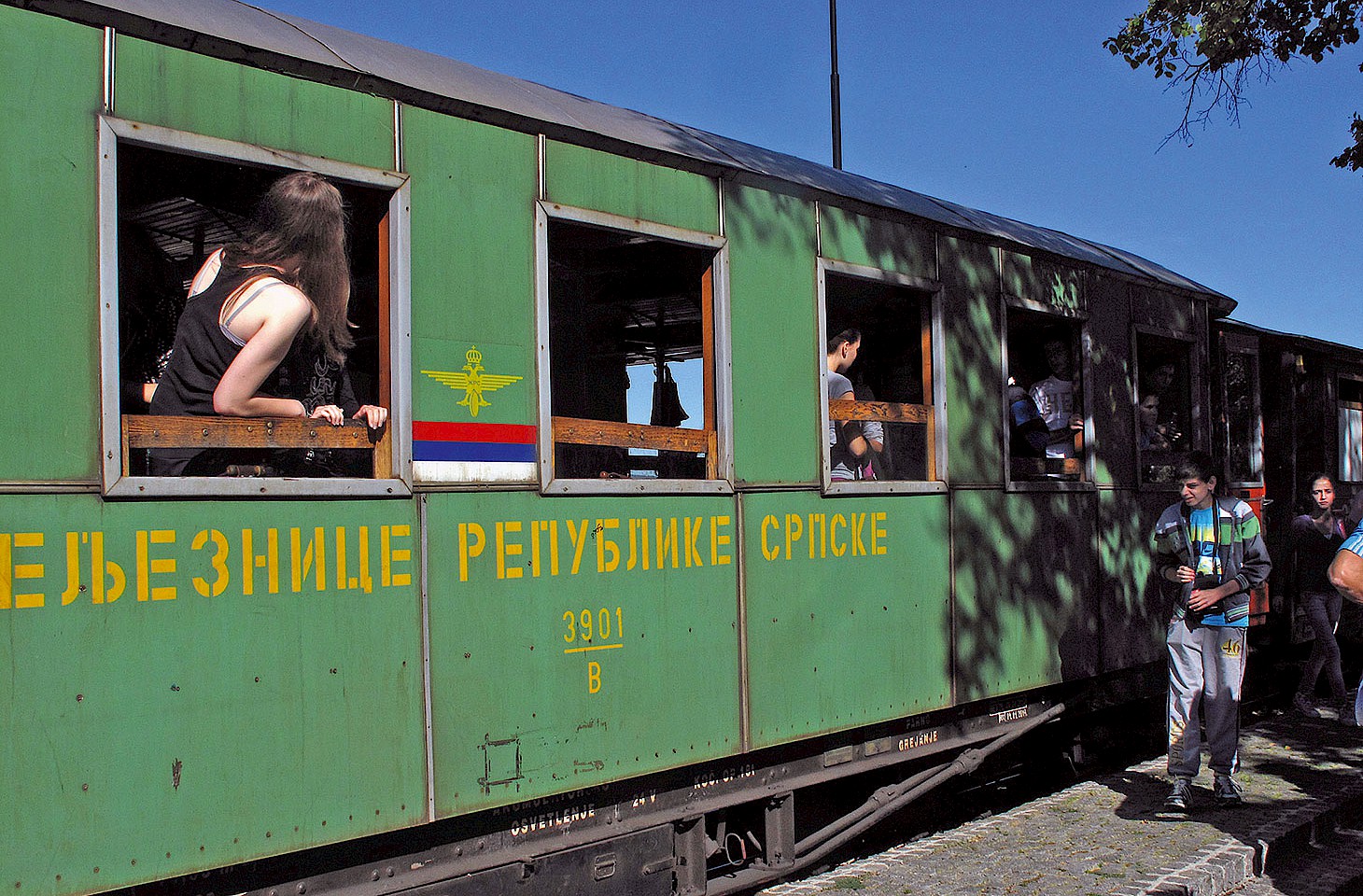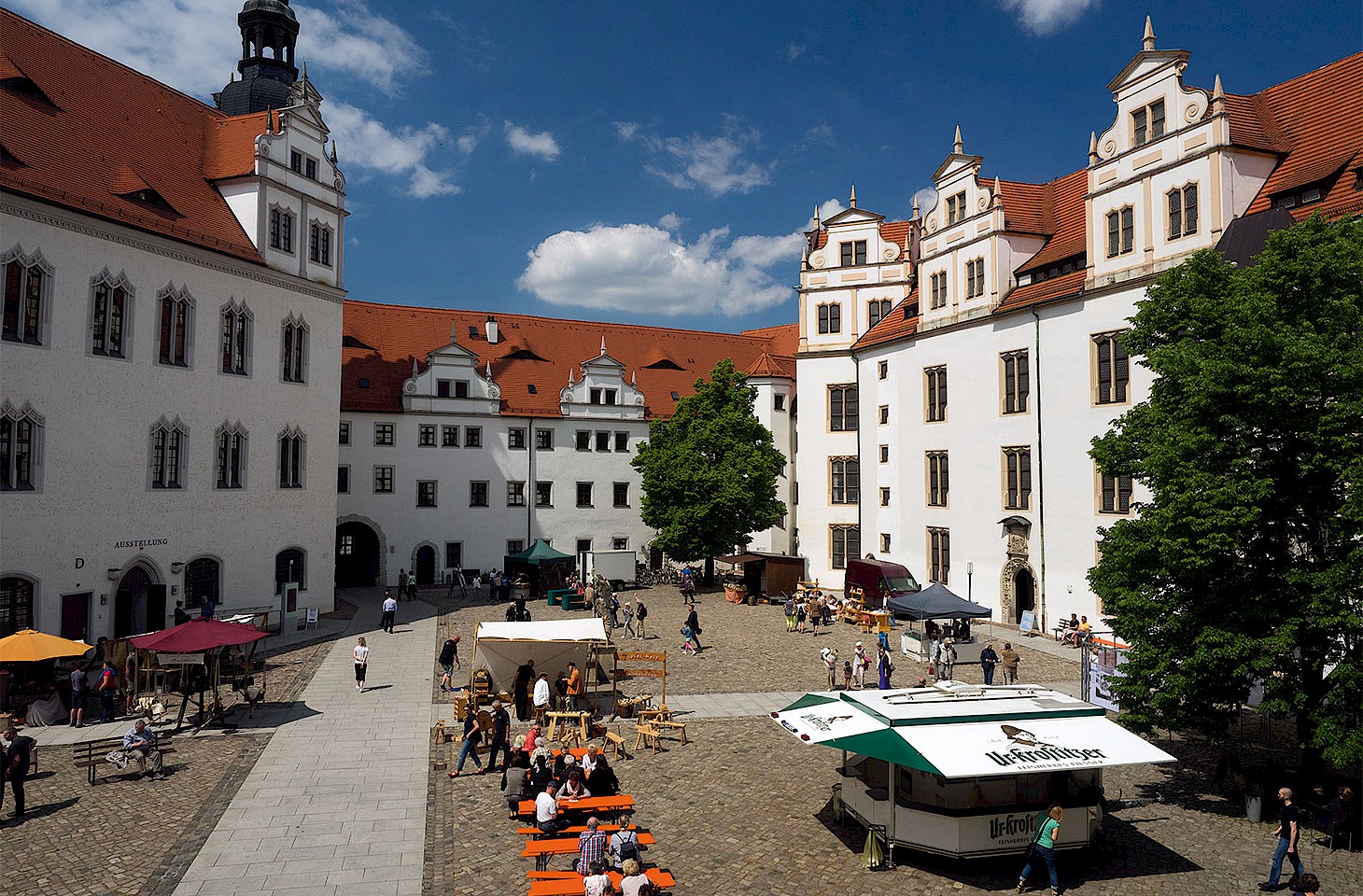Dear fellow travellers
In the months after the Second World War, Churchill muttered something about an Iron Curtain descending across Europe. The phrase evoked the image of a Europe divided along an imaginary line that stretched from Stettin on the Baltic to Trieste on the Adriatic. No matter that Churchill had only a hazy knowledge of central European geography. It was a powerful image that fuelled the Cold War.
Of course, Europe's Cold War borders were by no means ubiquitously impervious. Trieste on the Adriatic coast of Italy always had rather good links to neighbouring Yugoslavia, and indeed Trieste was, for many western travellers of yesteryear, an obvious springboard for journeys east into the Balkans. Back in the late 1980s, Trieste enjoyed direct trains to Moscow, Budapest and Belgrade. The latter even carried through carriages to Athens.
Earlier this week, we decided to travel east from Trieste, and found that the modern piety of open borders has done nothing to foster eastern rail links from Trieste. Gone are the five daily trains to Ljubljana that used to run in the 1980s. In fact, there are no eastbound trains at all from Trieste, and the sole daily train that nowadays crosses the border from Italy into Slovenia does so by dead of night and follows a route that skirts Trieste, sticking to the dry karst plateau high above the city.
Foiled in our efforts to take the train from Trieste to Slovenia, we went to the bus station where all manner of contradictory timetable information hinted that a bus might or might not run to Sezana, the first town across the Slovenian border. A little against our expectations, the bus did indeed arrive. In truth, it was more a luxury coach. For the princely sum of two euros apiece, we and the only other two passengers aboard enjoyed a comfortable half hour journey on winding roads across the frontier into former Yugoslavia.
Slovenia affects to be anything but Balkan these days, but Sezana is full of reminders that this was once a Yugoslavian border town and, for an earlier generation of travellers approaching from Italy, a first encounter with Tito's Federal Republic. Of course Sezana has changed, but it still has a monument to the partisans, handsomely embellished by a red star. However much Slovenia proclaims its Alpine or Adriatic affectations, the shops in Sezana tell another tale. Where in Italy the bakers were full of panini, across the border in Sezana there is burek aplenty - a sure reminder that even Sezana still has that hint of the Balkans.
a matter of time
Did you remember to change your clocks last Sunday morning? Most of Europe shifted to summer time. But not quite all Europe. Iceland is so blessed with long summer days that it has no need to tinker with the clocks to secure long evenings. So Iceland sticks to Greenwich Mean Time (GMT) all year round. And this year, two areas of European Russia decided not to change their clocks either: Samara and the Udmurt Republic (on GMT+4). It means that they will this summer be on the same time zone as Moscow. And, come autumn, Samara and the Udmurt Republic will move their clocks back one hour at the same time as Moscow. And that's the way they plan to stay, henceforth measuring their days in Moscow time.
With the decision of these two areas to shift from GMT+4 to GMT+3 as their standard time zone, there is now nowhere left in Europe north of the Caucasus that still uses GMT+4 as its standard winter time zone.
Nicky Gardner and Susanne Kries
(editors, hidden europe)




